Regulations and Initiatives
This page contains featured information on regulations and initiatives related to Permit Sonoma that have significant public interest.
This is not an exhaustive list of all regulations and initiatives that have been approved by the Board of Supervisors.
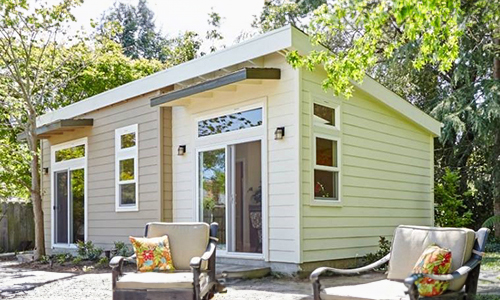 |
Accessory Dwelling Units & Junior Accessory Dwelling UnitsAccessory Dwelling Units (ADUs) and Junior Accessory Dwelling Units (JADUs) are an inexpensive way to create smaller, more affordable rental housing units that may provide revenue streams for property owners, while increasing the availability of rental housing in the county. |
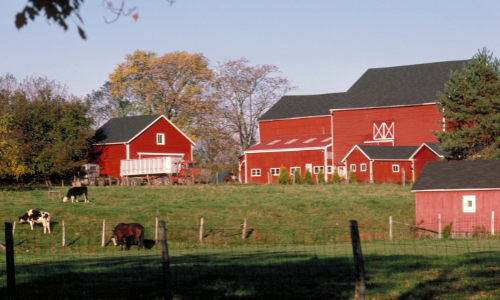 |
Agricultural UsesAgriculture is a key industry in Sonoma County that produces and processes food, fiber, plant materials, and which includes the raising and maintaining of farm animals including horses, donkeys, mules, and similar livestock. |
Agricultural Zoning OrdinanceThe County recently updated the zoning code to implement the General Plan policies related to agricultural uses to provide more flexibility and streamline procedures. The changes to the zoning code apply to all three agricultural zoning districts including the coastal zones (LIA, LEA and DA) as well as the Resources and Rural Development zones (RRD and RRDWA) and the Agricultural and Residential (AR) district. |
|
 |
Cannabis ProgramInformation on the legal cultivation, permitting requirements, etc. for the various phases of the legal cannabis industry. |
 |
Community SeparatorsCommunity Separators are lands that function to separate cities and other communities, to contain urban development, and to provide city and community identity by providing visual relief from continuous urbanization. |
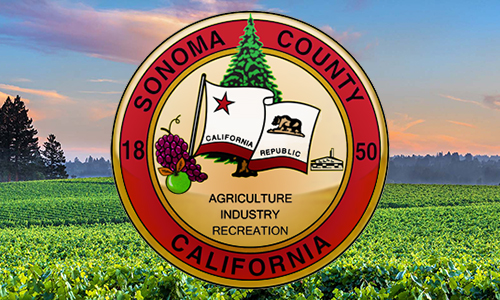 |
County Code for Permit SonomaThe portion of the County Code administered and/or enforced by Permit Sonoma, plus the Building Division's Technical Bulletins for Sonoma County. |
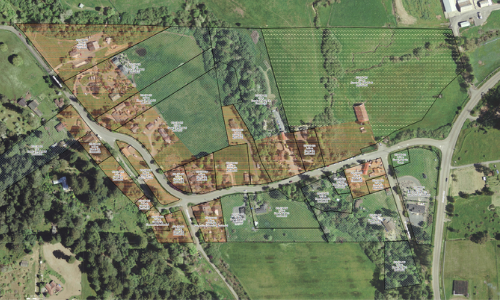 |
Freestone Zoning and Land Use ChangesPermit Sonoma's Planning Division is reviewing the land use designation and zoning of the 29 properties that make up the community of Freestone. It has come to the County's attention that due to a mapping error made in 1989, some of the 29 properties were inappropriately zoned for commercial uses. |
 |
Housing Policies, Programs, and InitiativesThe County of Sonoma makes policy and operates programs to facilitate the building of housing for everyone in the community. All housing programs are consistent with the Housing Element of the General Plan, updated on a regular basis. |
 |
Housing TypesThe County of Sonoma recognizes that we need a variety of development types to meet our community’s housing needs and offer permitting resources for different types of housing developments. |
 |
Housing Urgency OrdinancesThe Sonoma County Board of Supervisors adopted the following Urgency Ordinances to address the immediate need for housing for persons displaced by the 2017 Sonoma Complex Fire and 2019 Kincade Fire. |
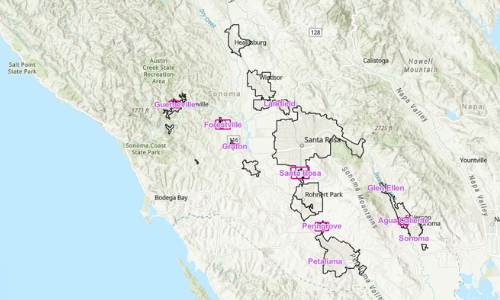 |
Rezoning Sites for HousingThe Rezoning Sites for Housing project will add sites to the County's Housing Element site inventory to comply with State law, and will implement current General Plan Policies and Programs that require the County to identify urban sites near jobs and transit which may appropriately accommodate additional housing. |
 |
Renewable EnergyThe County of Sonoma has adopted changes to the Zoning Code that enable the construction and use of renewable energy facilities throughout the county, while protecting sensitive resources and ensuring neighborhood compatibility. Renewable energy is considered a more sustainable energy supply because it is derived from sources that are naturally replenished including biomass, geothermal, solar and wind. |
 |
Riparian Corridor (RC) Combining ZoneThe County of Sonoma's Board of Supervisors adopted General Plan 2020 (GP2020) which increased protections for riparian corridors. In November 2014, the Board of Supervisors adopted zoning code changes to implement the stream protection policies and rezoned properties to add the Riparian Corridor (RC) Combining Zone to all designated streams shown on the General Plan Open Space maps. |
 |
Updating County Septic System RegulationsThe Sonoma County Board of Supervisors is considering the revised onsite waste treatment systems (OWTS) manual. |
 |
Universal DesignUniversally designed housing is designed and built to be fully functional for all persons in all stages of life, regardless of ability or mobility. |
 |
Vacation Rentals & Hosted RentalsVacation rentals are the rental of a private residence for periods of 30 days or less. Vacation Rentals do not include Bed and Breakfast Inns or hosted rentals permitted in accordance with the Sonoma County Code for B&Bs and hosted rentals or occasional home exchanges that are not otherwise subject to Transient Occupancy Tax (TOT). |
 |
Water Efficient Landscape OrdinanceThe Water Efficient Landscape Ordinance requires a landscape plan check for certain projects, as described in the ordinance. It includes requirements for landscape water budgets, landscape and irrigation design, and irrigation scheduling. |
 |
Winery EventsThe Board of Supervisors has directed Permit Sonoma staff to develop regulations addressing agricultural promotional events at wineries and vineyards (e.g. weddings, concerts) and potential overconcentration. |
 |
Z (Accessory Dwelling Unit Exclusion) Combining District RemovalZ (Accessory Dwelling Unit Exclusion) Combining District Removal introduces zoning text amendments to prevent potential impacts associated with Accessory Dwelling Units, and achieves General Plan objectives by eliminating unnecessary regulatory constraints to housing while continuing to protect and support agricultural and environmental resources. |

 Translate
Translate